Wax inlay casting technology is a comprehensive technology integrating casting technology, Gemology, metal science, jewelry manufacturing technology, aesthetics and other knowledge. The scope of knowledge involved is very broad, and there are many influencing factors. Any changes in factors can affect the solidification effect of wax, leading to quality issues and even product scrapping. Therefore, if the wax inlay casting process is not effectively controlled, the cost of wax inlay casting may be higher than that of conventional casting.
The problems in wax casting can be divided into two categories. One category is metal issues. The lower baking temperature in wax inlay casting makes it easier for wax slag to appear in the mold, leading to hole defects in the casting and making the molten metal more susceptible to contamination. Another issue is with gemstones. Due to the influence of gypsum molds and high-temperature molten metal on gemstones, there is a risk of gemstone discoloration or fragmentation during the wax inlay casting process. Common gemstones include: hazy gemstones, decaying gemstones, black gemstones, dropped gemstones, uneven or displaced gemstones, gilded gemstone surfaces, etc.
Gem fragmentation
Some gemstones break or shatter after being embedded in wax casting, which usually occurs when multiple gemstones are forced to be embedded. Generally speaking, the possible reasons for the cracking of wax inlaid gemstones are: the quality of the gemstones themselves is defective or not suitable for wax inlaid casting; When embedding stones, the gaps between the stones are too small or in contact with each other. When the casting shrinks, the stones will compress each other and break. If the roasting temperature rises too fast, the gem may break under high temperature, Thermal shock and thermal stress. The pouring temperature is too high, because the metal liquid directly contacts the gemstone, the gemstone immediately receives a great Thermal shock. The higher the pouring temperature, the greater the Thermal shock, and the greater the chance of cracking.
Gem discoloration, Montessori
Gems lose their original luster and color, becoming milky white or discolored. Generally speaking, the possible reasons for the discoloration and blurry appearance of wax embedded gemstones include: on the one hand, the quality of the gemstone itself is problematic, or the gemstone cannot withstand high temperatures or discolor at high temperatures, or the gemstone will burn at high temperatures. On the other hand, there are also some problems during the casting process, such as high baking temperature, high metal pouring temperature, or unprotected casting powder.
Gem covered metal
After embedding wax casting, a layer of gold film or partial covering of gold appears on the surface of the gemstone, affecting its luster. Generally speaking, the possible reason why gemstones are covered with metal is that the opening at the bottom of the gemstone is too small; Or when inlaying gemstones, the wax overheats and melts, and the wax liquid is applied to the gemstones; Or there may be problems during the powder opening operation, improper powder water ratio, etc.
After casting, the gemstone is not firm or falls off
After inlaying and casting, some gemstones fall or are not fixed in position and can be moved. Generally speaking, the reasons for unstable or falling gemstones are: the opening at the bottom of the motherboard mounting position is too small, or the gemstones are not firmly embedded in the wax mold; Or the opening of the nozzle is inappropriate; Or the casting temperature is too low or the casting pressure is insufficient; Or have a greater impact during the cleaning process.
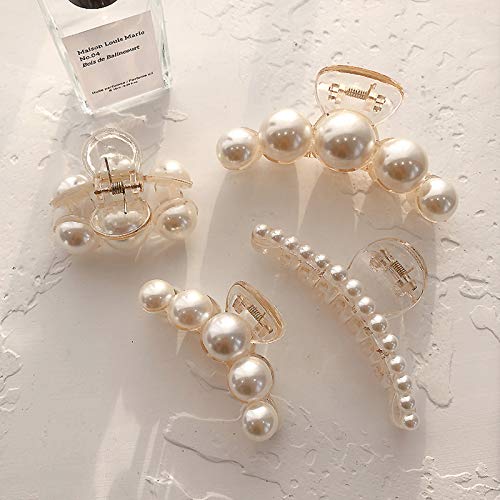

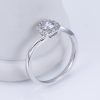
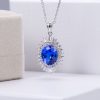
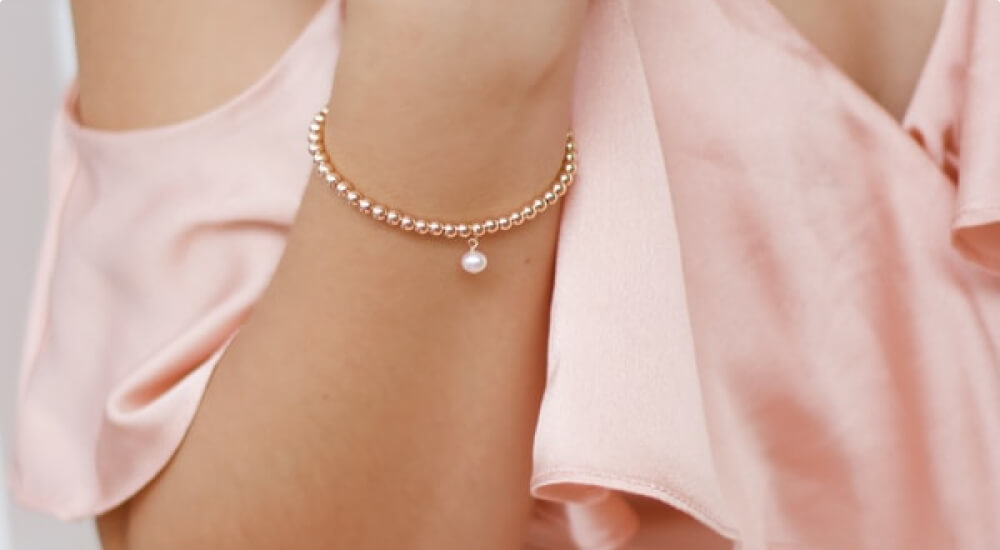
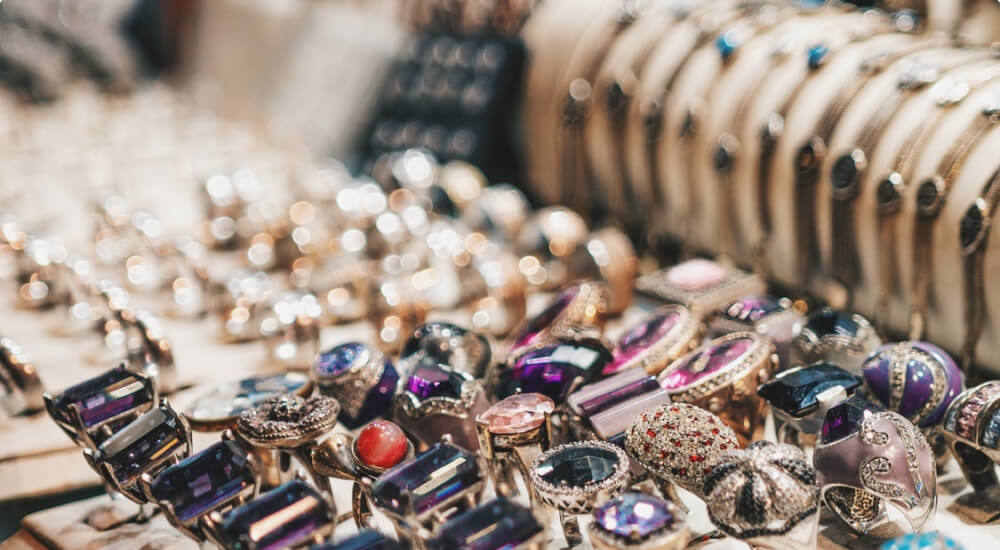
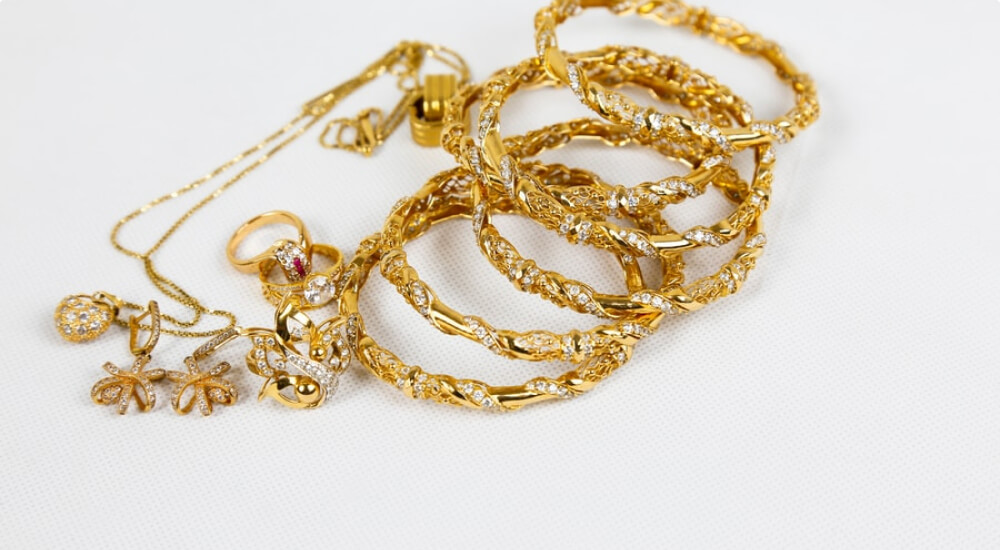
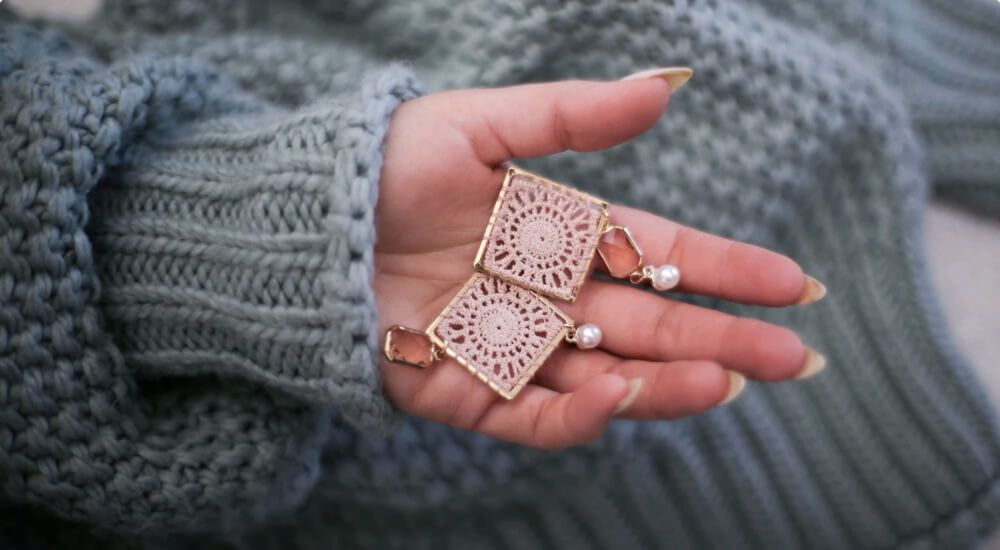
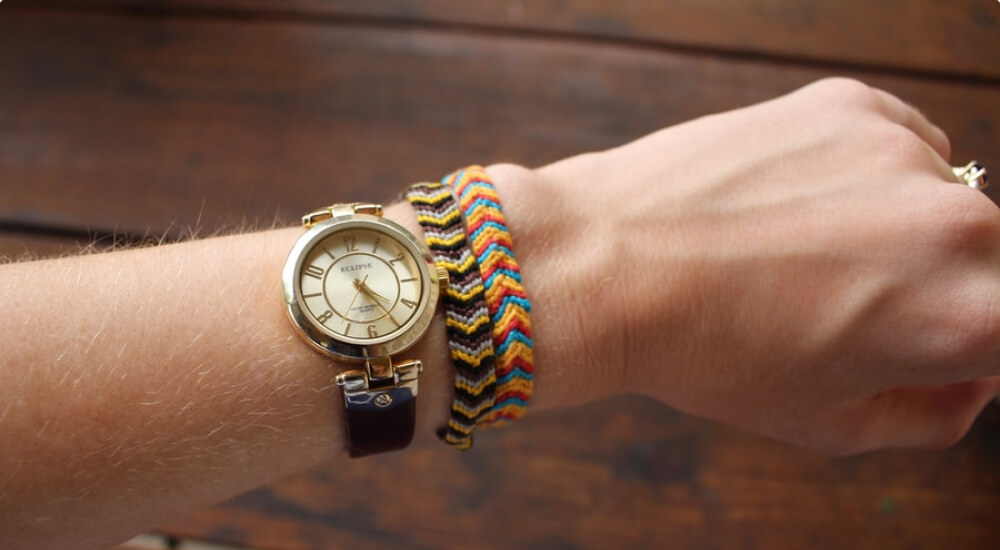
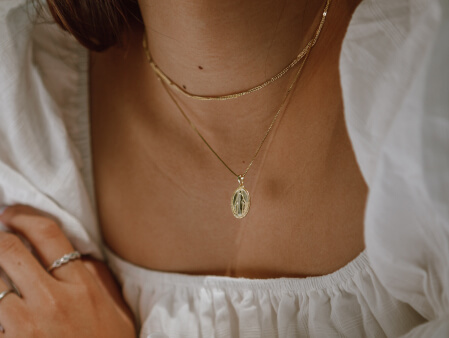
Leave a reply